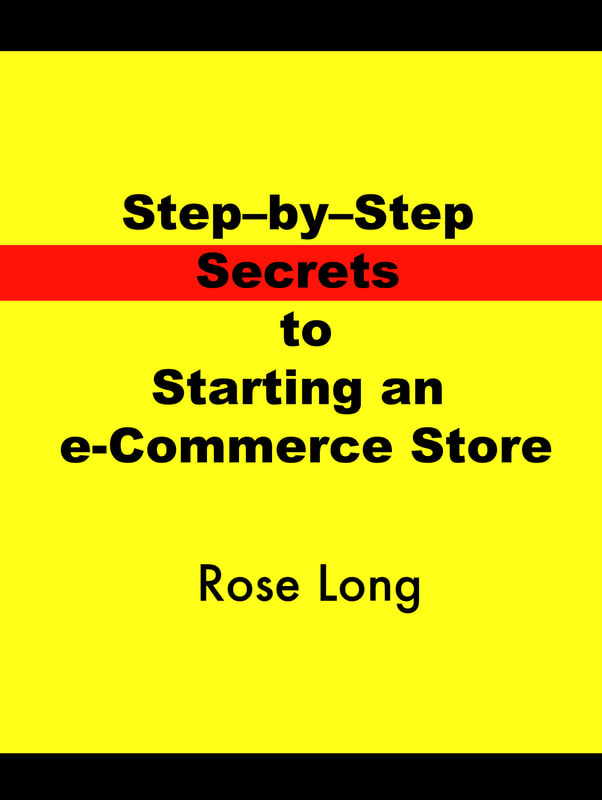|
23. Unique Product Identifiers
GTIN, SKUs and MPNs Unique identifiers such as GTIN, UPC, and EAN and MPN are created to easily and quickly identify a particular product or part of a product. GTIN: More and more companies are requiring their trading partners to use GS1 standards to help move and track goods through the supply chain. If you are trading with Tesco, Amazon or other retailers, you may have been asked to create a GS1 logistics label with a Serial Shipping Container Code (SSCC) for your shippers. Google requires this or a MPN for Google Shopping. GS1 [https://www.gs1uk.org/] GS1 are one of 116 neutral, not-for-profit, and independent GS1 organisations operating across 150 countries. They provide products from barcodes to patient wristbands. “GS1 is the only authorised provider of Global Trade Item Numbers (GTINs) – the number you see under the barcode (also known as an EAN or UPC) that’s unique to that product. Our GTINs and barcodes are used and accepted by retailers and marketplaces across the world – making it easy to sell your products anywhere.” SKUs: An SKU is a Stock Keeping Unit (Pronounced ‘skew’). These are allocated by the product designer/manufacturer to each individual product to easily identify it when tracking inventory or searching for an item accurately, Tracking lot and batch numbers allows one to keep watch on quality control, service and warranty management and to help isolate production faults. No two products should have the same SKU. Even variants such as size, colour etc should have separate SKUs. When creating SKUs, the following three principles help to create them easily.
When creating the SKU number try to:
MPN: MPN stands for Manufacturer Part Number. Manufacturer part numbers are used as an unique identifier to find specific products.
0 Comments
Leave a Reply. |
Author
Archives
October 2023
Categories
All
|
Copyright © 2024 Rose Long. All rights reserved.



 RSS Feed
RSS Feed